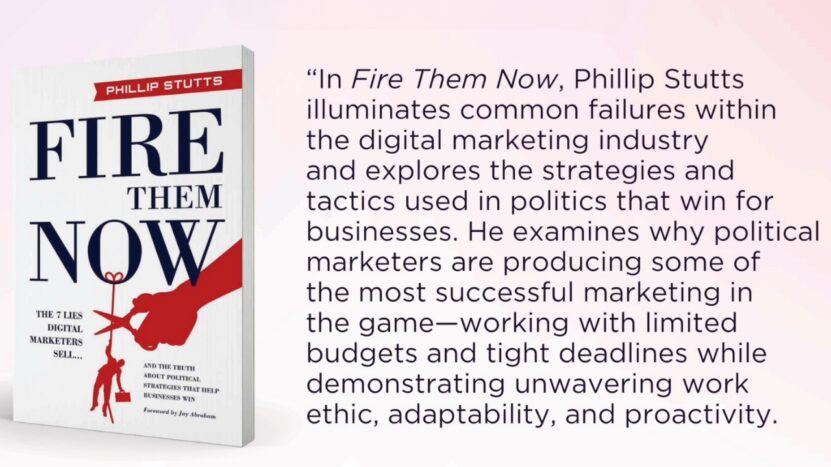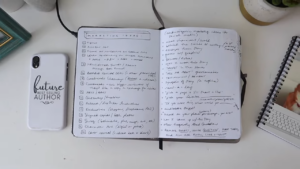An engaging book description is vital for generating interest. A concise yet informative synopsis highlights the experience awaiting within.
It presents core themes, players and narrative arcs to entice discovery. While sparking intrigue, avoid including major reveals. Tease what’s to come without spoiling surprises in store.
Hook Sentence

For writing a compelling book description, start with a hook sentence to grab the reader’s attention. Plant a seed of curiosity early on. What is the strange object the character just found? Why are they being hunted by unseen forces? A good mystery will linger in the reader’s mind and make them want to keep reading for answers.
The first sentence of an article is almost like a subheadline because it has a similar job. If your headline piqued a reader’s interest, that first sentence needs to maintain that interest.
However, a captivating headline won’t maintain attention if the content doesn’t deliver on its promise. Unfortunately, many writers overlook this fact. To truly capture and hold a reader’s attention, a great headline must be accompanied by even greater content.
At the same time keep in mind that it isn’t the first sentences that make one book a best seller. It is the author’s ability to hook readers and keep them hooked. If a writer wants a writing career we need to practice the craft of both hooking and keeping; it’s not about the one-night stand, it’s about the relationship.
Formula for a Hook
| Step | Description |
|---|---|
| Arouse Interest | Capture the reader’s attention with something intriguing. |
| Delay Gratification | Keep the reader engaged by withholding key details. |
| Reward | Provide a satisfying resolution or revelation that rewards their curiosity. |
Help Them See What You See
To get people to listen and pay attention to your message, you need to help them see things from your perspective. You might think that everyone sees things the way you do, but that’s not the case.
To make your point clear, you need to use storytelling, description, personal experiences, and case studies to help people understand your message. By doing this, you can put them in the right position to see things from your perspective and truly understand what you’re trying to say.
So, make sure to focus on helping your audience see what you see, rather than just talking about yourself and your business.
For Writing a Compelling Book Description – Make It Personal!
When writing resonates on an individual level, it really clicks with readers. Sharing personally meaningful details helps draw readers in by making the content feel immediately relevant to their lives.
Small examples from your own experiences bring topics to life in a visceral way. Readers see themselves reflected in your narrative, fostering empathy and understanding.
No need to over-explain when tapping into universal human truths through the particulars of your own perspective. We intuitively grasp what’s resonant when the personal is interwoven.
Make your content consumable by portraying issues in a relatable yet still authentic way. Guide readers along your own journey of discovery by opening up about what’s meaningful to you.
Use Emotion
Using emotion has three benefits: it provides clarity, gives clients a reason to talk about you and your business, and activates the circuits in the brain that trigger behavior and decisions.
Emotional benefits are often more effective at influencing people than logical ones. So, don’t be afraid to use emotion in your writing to connect with your readers on a deeper level.
Don’t Gamble with Your Focus
When it comes to grabbing readers’ attention, it’s crucial to remember that you only have a few seconds to do so. Therefore, it’s important not to take any chances with language or visuals that may be clever or cute but could also be confusing.
Avoid using inside jokes or industry terms unless they are appropriate for a specific niche market. These tactics may only confuse your audience, even if it’s just for a few seconds, which is all it takes to lose their attention. A confused mind will not pay attention, so make sure your message is clear and easy to understand from the start.
Use a Powerful Follow-Up

After capturing your reader’s attention, for writing a compelling book description it is crucial not to waste the focus of readers. The first strike of a One-Two punch is getting their attention, but if you don’t land the second part, you won’t knock them out (in a good way).
Make sure the actual information or message you’re delivering is worthwhile. If it’s valuable, you’ve paved the way for easy entry into their attention in future conversations. But if it’s not, it’ll be much harder to capture their attention the next time, as their brain has already categorized your information as not worth our attention.
Use Pictures to Grab Attention
Visual content marketing can be simple. Break up long blocks of text with related images to give your reader a momentary break from reading.
Start with an engaging image at the top of your content to make it more dynamic, and gradually add more images throughout when appropriate. This will keep their attention even while they pause from reading your words.
Encourage Questions from Your Readers

It might seem like a strange approach, but leaving your readers with some questions can actually keep them coming back to your site in the future. While you want your writing to be thorough, you can always dig deeper into topics that interest your readers in the future.
Hint at subjects you might write about based on their feedback or Q&As you might hold. This way, you give readers a way to be a part of your community and hold their attention over time.
Summary
In conclusion, writing a compelling book description is really important if you want to attract and keep readers. It should be interesting, clear, and give a good idea of what the book is about without giving too much away.
Start with a hook to grab the reader’s attention and make sure the content lives up to the promise of the headline. Remember, it’s not just about hooking the reader, but also keeping them engaged throughout the book. Use storytelling, personal experiences, and emotion to make your writing more relatable and interesting.
Don’t take chances with your focus and use visuals to break up long blocks of text. Encourage questions from your readers to keep them coming back for more. Overall, a great book description is key to building a strong writing career and growing your audience.
I’m Anastasia, and I’ve just wrapped up my postgraduate studies in literature. I absolutely love writing books. It’s my way of weaving new worlds and breathing life into the characters that keep me up at night. Literature isn’t just a field of study for me; it’s a canvas where I paint with words. Through my writing, I hope to connect with others who share my love for storytelling and to contribute something meaningful to the literary world.
Related Posts:
- How to Write Compelling Characters That Stick With…
- How to Write a Romance Novel - Penning Passion
- 13 Strategies to Promote Your Book on Social Media
- How to Create a Marketing Plan for Your First Book
- 7 Best Ways to Find the Right Editor for Your Book -…
- Guide to Get Your Book into Libraries - How to Secure a Spot








